Nationality United Kingdom Name George Scharf | Parents George Johann Scharf | |
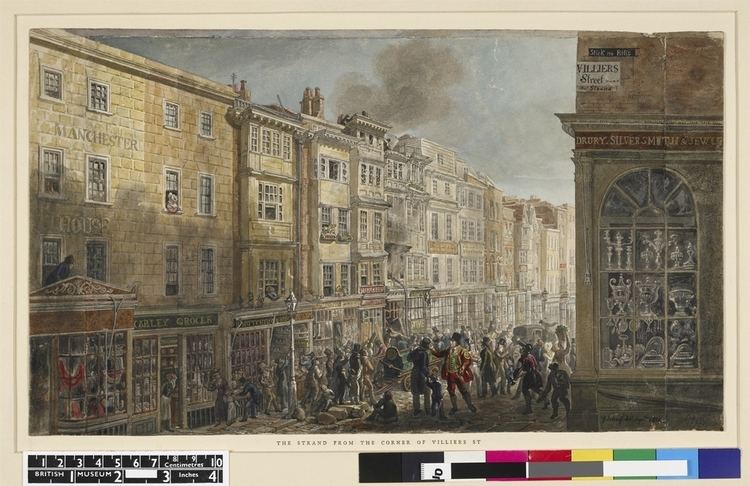 | ||
Died April 19, 1895, London, United Kingdom Books The Roman Court: (including the Antique Sculptures in the Nave) : Erected in the Crystal Palace by Owen Jones ; Official Handbook | ||
Sir George Scharf KCB (16 December 1820 – 19 April 1895) was an English art critic, illustrator, and director of the National Portrait Gallery.
Contents
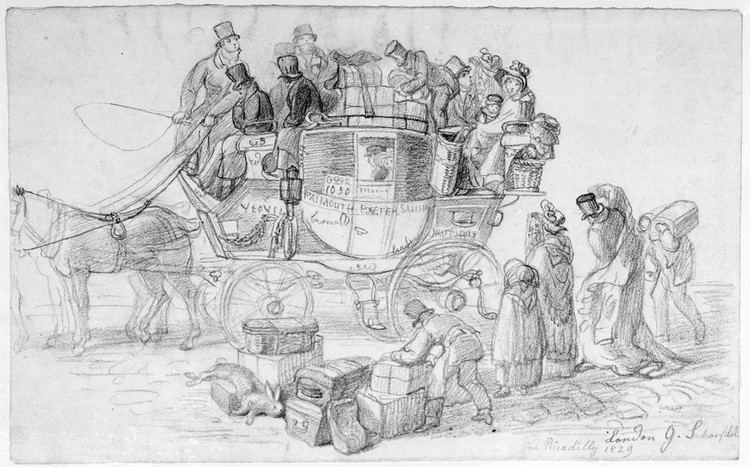
Early years
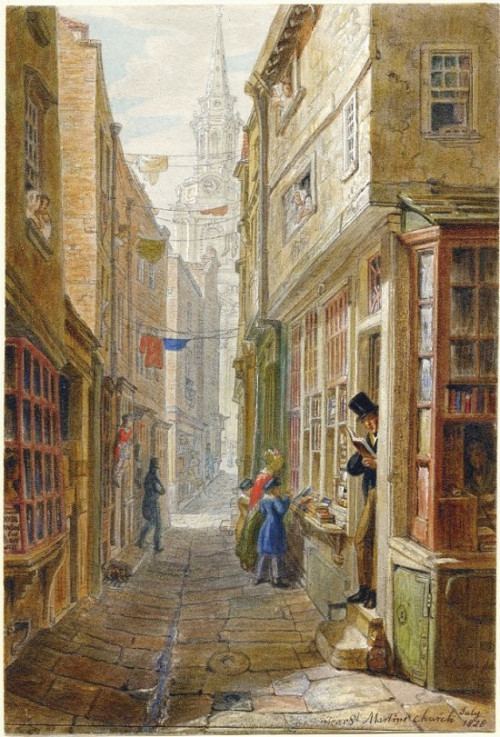
Scharf was born at 3 St Martin's Lane, London, the son of George Johann Scharf, a Bavarian miniature painter, and older brother to Henry Scharf, actor and illustrator. He was educated at University College school, and after studying under his father and obtaining medals from the Society Arts, entered the schools of the Royal Academy in 1838.
Travels
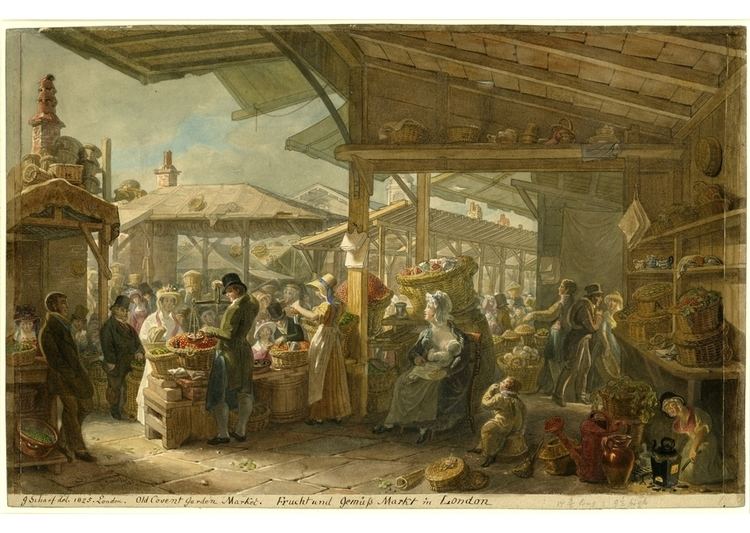
In 1840 Sir Charles Fellows engaged Scharf to join him on his second journey to Asia Minor and on the way spent some time in Italy. Three years later he again visited Asia Minor in the capacity of draughtsman. He made drawings of views and antiquities from Lycia, Caria, and Lydia, which are now in British Museum. A selection of these illustrations with text by Sir Charles Fellows was published in 1847.
Career

After his return to England, Scharf exhibited his paintings of the tombs in Myra and Xanthos at the Royal Academy in 1845 and 1846. He also illustrated books relating to art and antiquity, of which the best known are Macaulay's Lays of Ancient Rome (1847); Milman's Horace, (1849); Kugler's Handbook of Italian Painting (1851); and Dr Smith's classical dictionaries.
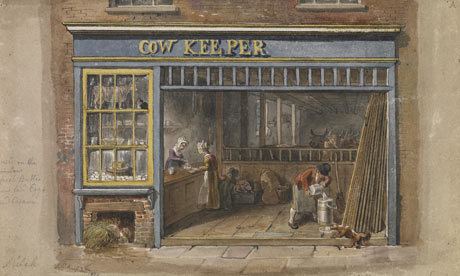
He also engaged largely in lecturing and teaching, and took part in the formation of the Greek, Roman and Pompeian courts at the Crystal Palace. He acted as art secretary to the great Manchester Art Treasures Exhibition of 1857, and in that year was appointed secretary and director to the newly founded National Portrait Gallery. The remainder of his life was given to the care of that institution.
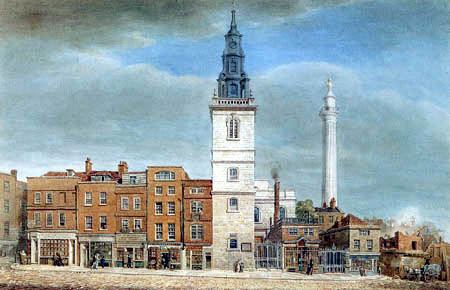
Scharf acquired an unrivalled knowledge of all matters relating to historic portraiture, and was the author of many learned essays on the subject. In 1885, in recognition of his services to the Portrait Gallery, he was made CB, and on his resignation, early in 1895, KCB and a trustee of the Gallery. He died in London in April 1895 after a long illness.
